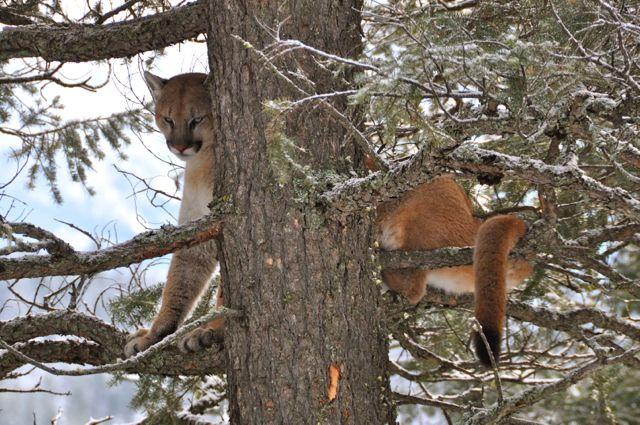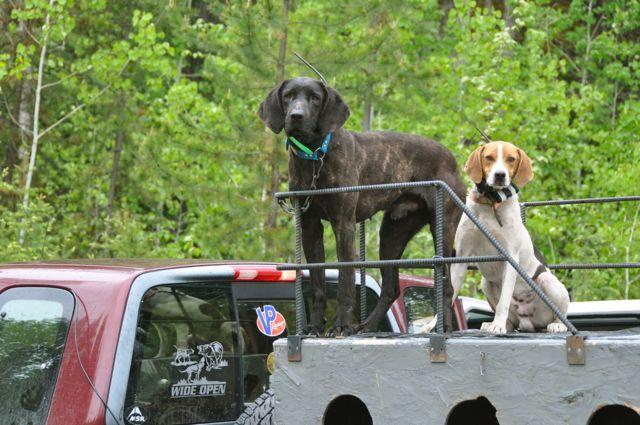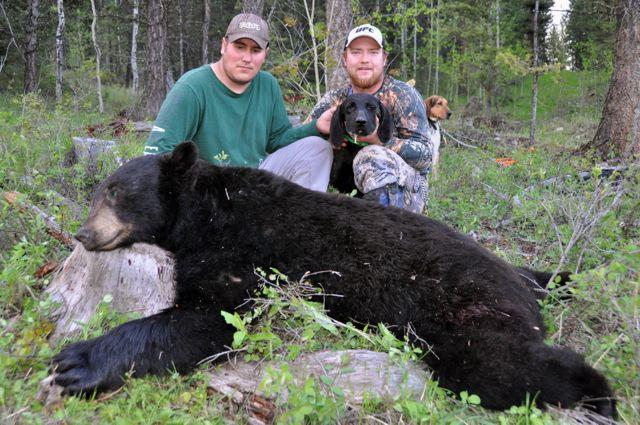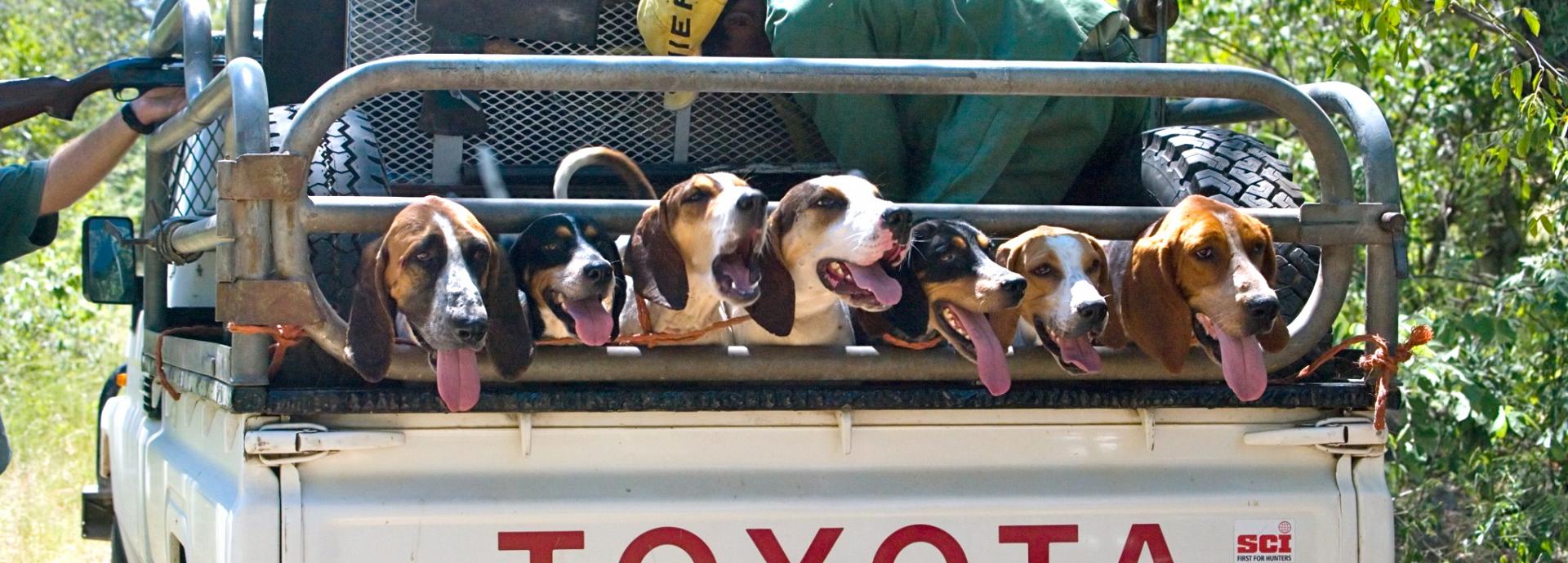Release the hounds!
Pursuing wily predators with expertly trained dogs
Advertisement
I’m addicted to hunting with hounds, chasing these skilled canines through the bush, hot on the trail of their quarry. I don’t own hounds, but I’ve been fortunate enough to head afield with them many times, hunting white-tailed deer and wild boars in Florida, raccoons in the deep South, bears in B.C. and rabbits in several locales. I’ve even taken a “cat-trick”—a cougar, bobcat and lynx—while hunting with dogs.
You may hear the uninformed spouting off about the ethics of using hounds for hunting, saying it takes no skill, but nothing could be further from the truth. The time and effort that goes into training the dogs and searching out prey far outweighs the commitment of the average deer hunter.
Advertisement
Granted, most of us are not accustomed to hunting with hounds, but its roots run as deep as the heritage of hunting itself. And most houndsmen I know enjoy the sport less for the kill and more for the sheer pleasure of working alongside their dogs.
Cougars, lynx & bobcats
Cougars may be the most sought-after Canadian quarry for houndsmen, but they actually offer the least challenge. Tracks are usually easy to find by cruising the back roads after a fresh snow, and once on the trail, hounds can typically tree a cougar with relative ease.
Advertisement
Of course, there are exceptions to this. One that comes to mind was a big tom I was once hunted in eastern B.C. By the size of his tracks, he was likely a record-book cat, but on numerous occasions he ran the hounds into such treacherous terrain they were unable to follow. He also crossed the tracks of other cougars in the area, leaving the dogs confused about which trail to follow.
I hunted this cat with two of Cranbrook, B.C.’s top houndsmen, Kyle Southgate and Justin Magis, and to my knowledge they were never able to tree the animal. Nor were any other houndsmen in the area.

Lynx, on the other hand, get top marks for consistently giving hounds the slip. They employ several tricks to escape, including heading for deep snow that bogs down the hounds, or running along fallen trees to obscure their tracks. One of their favourite tactics is to jump from tree to tree, leaving the dogs baying at the original tree they climbed. Houndsmen call this manoeuvre a “slick tree,” and it’s all too common with lynx.
As for hunting bobcats with hounds, they fall somewhere in the middle in terms of difficulty. One of the most impressive jobs of treeing a bobcat I’ve ever seen happened just outside of Cranbrook, with Southgate’s lead hound, Rebel. It was about lunchtime and we crossed a cold bobcat track heading downhill into an old burn. Southgate let Rebel sniff the track, confident he could work it out.
Over the next few hours, Rebel followed, lost, and found the track again until it finally freshened up enough that it became easier to follow. After several more hours, we heard the dog barking, indicated he had treed the cougar. When we finally caught up to Rebel, we couldn’t see the cat and figured it had pulled a slick tree.
But then, approximately 75 feet up the burned-out larch, we spotted the big cat, and my partner, Vanessa Harrop, took him. A single dog treeing a bobcat is impressive enough, but to do it on such a cold track was testament to Rebel’s incredible abilities.

Black bears & grizzlies
For the ultimate rush in hound hunting, you have to go after bears. While cats are short-distance sprinters when jumped by a hound, black bears and grizzlies are marathon runners.
A typical bear hunt involves driving logging roads with a box full of hounds, the more the merrier, with one or two so-called strike dogs on top of the box. Their job is to sniff out fresh tracks as you drive along, and strike (that is, bark) to let you know when they’ve detected one.
When the dogs do detect a hot track, you often have no idea how big the bear is, or even whether it’s a black bear or a grizzly. You just know a bear has passed by. At that point, the hounds are dumped out of the dog box and they take up the chase.
There’s no telling how long the pursuit will last. Some bears will climb a tree to evade the hounds, and others will stay on the ground and fight. Chases may even last well into the night, and walking into a “bay up” in the pitch black to pull dogs off a bear is not for the faint of heart.

We once ran a little bear that took refuge in a deep cave after a chase of several kilometres. We weren’t interested in taking the bear, but there was still the matter of hauling the dogs out of the cave. Imagine a 30-foot deep cave about four feet in diameter—to get the hounds out, we had to crawl in and grab them by the collars, with the bear only inches away from their noses. All the while, the only way out for the bear was to go through us. Hound hunting is definitely not boring.
This type of hunting is not for everyone, but those who denounce it simply don’t understand the sport, if for no other reason than they’ve never tried it. And they should—I’ve yet to hunt with a first-timer who didn’t become an addict.
It’s easy to get caught up in the bond between hound and hunter, and it’s easy to develop an incredible admiration for these very talented canines. So easy, in fact, that next up on my hunting bucket list is the pursuit of leopards with hounds. And who knows, it might just make crawling into a cave with a bear seem pretty tame.

